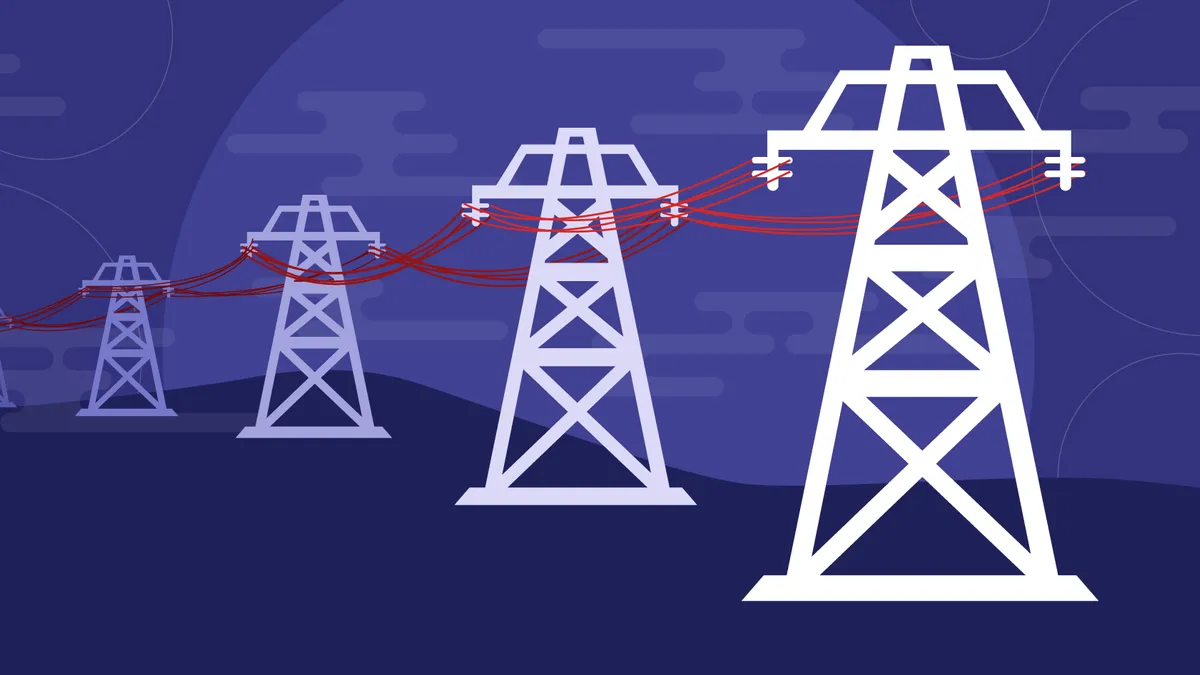Dive Brief:
- At $411 a month, Connecticut has the highest total energy costs for consumers of any state in the country, according to a new survey by WalletHub, which factors in the cost of electricity, natural gas, motor fuel and home heating oil. Massachusetts, Georgia and Alabama also made it into the top five.
- Alabama has the highest residential electric bills, averaging $181 a month, followed by South Carolina at $176, and Connecticut at $166, the report finds. Connecticut also has some of the most expensive home heating costs (No. 4) and natural gas costs (No. 11) in the country as well, boosting its overall ranking.
- The survey provides a warning shot for utilities in states with the most expensive electricity and energy costs, as residential and corporate customers look increasingly at distributed resource solutions like rooftop solar to reduce their monthly bills, according to Mike O'Boyle, director of electricity policy at Energy Innovation, a climate and energy policy think-tank.
Dive Insight:
Even as millions of people across the country return to the office, residential electricity use is poised to jump by 2.8% this year, according to the U.S. Energy Information Administration.
As the economic recovery accelerates and demand for power increases, electric rates are also rising across the country, the EIA reports.
But even as prices rise across the board, residential and commercial customers in some states are paying far more than their counterparts in others, according to the WalletHub survey.
Massachusetts is No. 3, at $380 a month thanks in part to the nation's third highest natural gas costs, at $63 per month.
Georgia is No. 4 and weighs in at $374 a month due to the eighth highest electric and fuel costs. While Alabama is No. 5 at $371 due to the highest residential electric costs in the country. Wyoming is No. 2 in overall energy costs, with consumers paying an average of $403 a month, driven primarily by the highest fuel costs in the nation at $246 a month.
However, utilities in states with the highest costs now face increasing competition from distributed energy resources as the cost of solar energy and battery storage steadily declines, Energy Innovation's O'Boyle contends.
In fact, Hawaii offers a glimpse into the future, O'Boyle said. Hawaii Electric is encouraging residential and commercial customers to adopt distributed resource solutions like rooftop solar, with "customer energy resources" a key part of the utility's drive to convert its grid to 100% renewable power by 2024.
"The trend of falling solar panel costs and falling [battery storage] costs is somewhat inexorable," O'Boyle said. "At some point, you will see an inflection point."
Utilities in higher cost states would be smart to get ahead of the trend and work with customers on both the residential and commercial side interested in adopting solar or other distributed resource solutions, he said.
That, in turn, would help ensure that utilities retain connections with these customers, while also helping reduce their own costs by lowering the demand for expensive new plants and infrastructure, O'Boyle said.
Still, while the WalletHub survey provides an interesting snapshot, it doesn't delve deeply into the often significant differences in state-level energy policies, said Daniel Bresette, executive director at the Environmental and Energy Study Institute (EESI).
Consumers and businesses would be paying even more in New England states like Massachusetts and Connecticut were it not for the various subsidies and supports those states provide for renewable energy, while consumers in the Southeast are likely paying more than they would otherwise due to a lack of such supports, Bresette said.
"What's not evident from the [WalletHub] map are the policy drivers," Bresette said. "Without some of these policies in place, consumers would be paying more."












